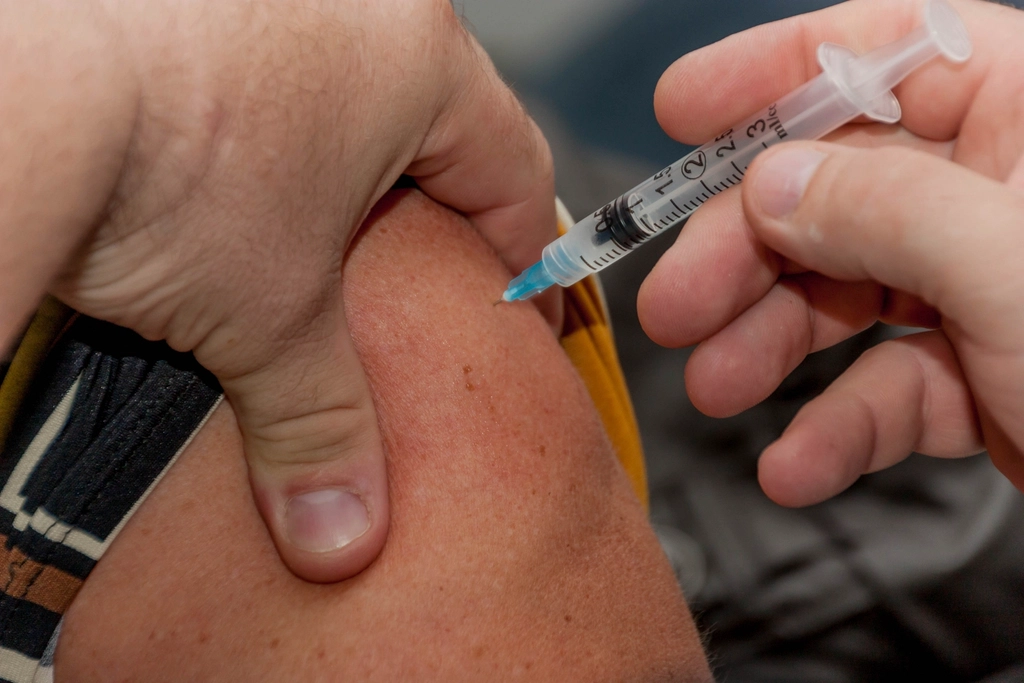Perianal ulcers can be uncomfortable and concerning, yet they are relatively common and manageable with the right approach. These sores, located on the skin around the anal area, are a key concern in perianal dermatology and may arise due to various underlying causes. Below will explore the symptoms, potential causes, and treatment options for perianal ulcers.
What Are Perianal Ulcers?
A perianal ulcer is an open sore or lesion that forms on the skin surrounding the anus. The sensitive nature of this area often makes ulcers painful and prone to irritation, which can impact one’s daily life. Perianal dermatology plays a role in understanding and managing these conditions. While perianal ulcers may occasionally resolve on their own, identifying and addressing their cause is useful for effective management and prevention of recurrence.
What Are The Symptoms?
Perianal ulcers can cause a range of symptoms that vary in severity. Common indicators include pain during bowel movements or general discomfort, along with itching or irritation around the anal area. Bleeding, particularly after bowel movements, and discharge that may lead to further skin irritation are also frequent signs to watch for.
What Are The Causes?
Perianal ulcers can result from chronic inflammatory skin disorders like lichen sclerosus or psoriasis, herpes, syphilis, or fungal infections, and inflammatory bowel diseases like Crohn’s or ulcerative colitis. Trauma to the anal area, including tears, fissures, or injuries from straining or improper cleaning, can also contribute. These conditions lead to inflammation and tissue damage, causing ulcer formation.
How Are Perianal Ulcers Diagnosed?
When symptoms arise, your healthcare provider may use several methods to diagnose a perianal ulcer:
Visual Examination: The provider will carefully inspect the perianal area, assessing the ulcer’s size, shape, and overall appearance.
Medical History Review: Expect questions about your symptoms, medical conditions, dietary habits, and any recent trauma or infections to help pinpoint potential causes.
Diagnostic Tests: To discover the underlying cause, further diagnostic procedures may include:
Anoscopy to examine the anal canal.
Biopsy for checking any unusual tissue growth or infection.
Blood and Stool Tests to identify infections or inflammatory conditions contributing to ulcer development.
What Are The Treatment Options?
Effective treatment is often tailored to the cause of the ulcer. Many options focus on providing relief, promoting healing, and addressing underlying issues.
Topical Treatments: Creams or ointments containing corticosteroids, antibiotics, or antifungals may be prescribed to reduce inflammation, treat infections, and encourage healing.
Pain Management: Over-the-counter pain relievers (e.g., ibuprofen or acetaminophen) or stronger prescription medications can help alleviate discomfort.
Hygiene Practices: Keeping the anal area clean and dry is necessary. After bowel movements, gently wash with mild soap and water, and pat the area dry with a soft towel. Avoiding harsh cleaning practices that can irritate the skin is key.
Sitz Baths: Sitting in a basin of warm water for 10–15 minutes daily can soothe soreness and reduce inflammation.
Dietary Adjustments: Prevent constipation by maintaining a fiber-rich diet and drinking plenty of water. This reduces strain during bowel movements, which may further aggravate or worsen ulcers.
Addressing Underlying Conditions: If an underlying condition, such as an infection or inflammatory bowel disease, contributes to ulcer formation, the primary focus should be on effectively managing or treating that condition.
Seek Perianal Dermatology for Ulcer Treatment
Recognizing and treating perianal ulcers is beneficial to reduce discomfort and improve your quality of life. Focus on early detection and personalized care within the field of perianal dermatology to manage symptoms effectively. While treatment may range from simple lifestyle changes to medical interventions, working closely with a healthcare provider can provide optimal results. If you’re uncertain about symptoms, consult a specialist in perianal dermatology for an accurate diagnosis and a clear path toward recovery.
